ACEC 2025 Engineering Excellence Award Winners – Honor Awards
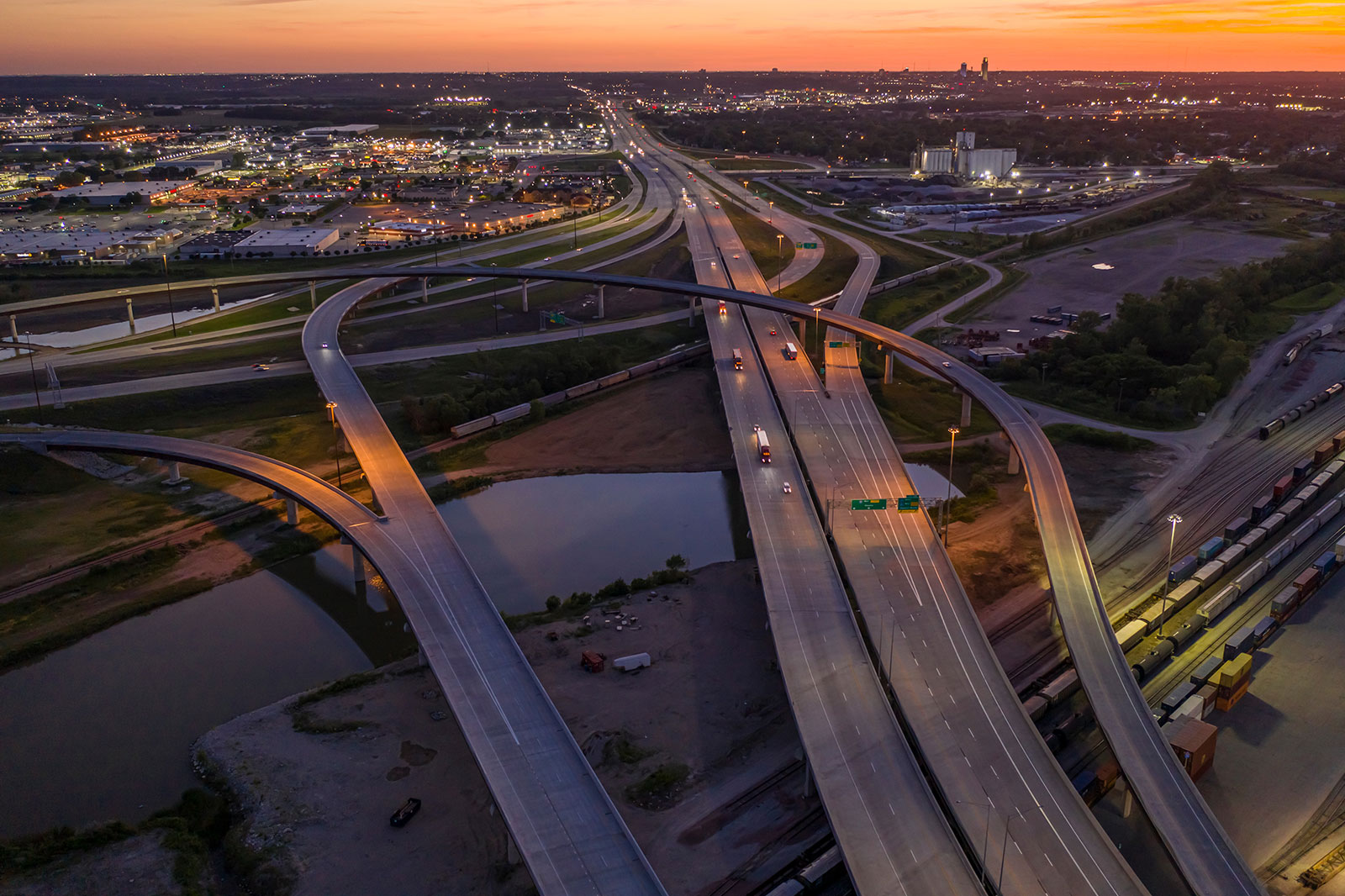
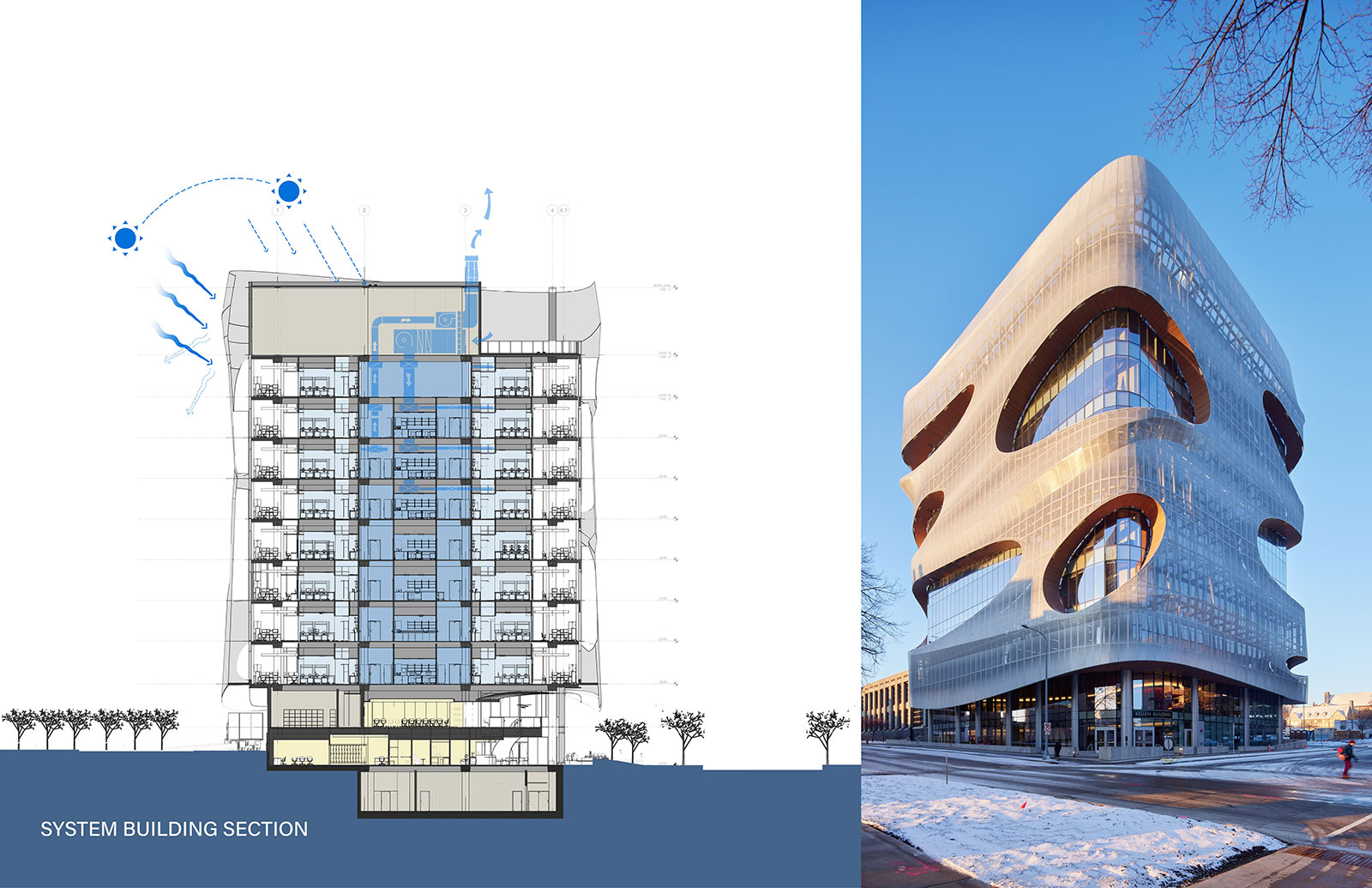
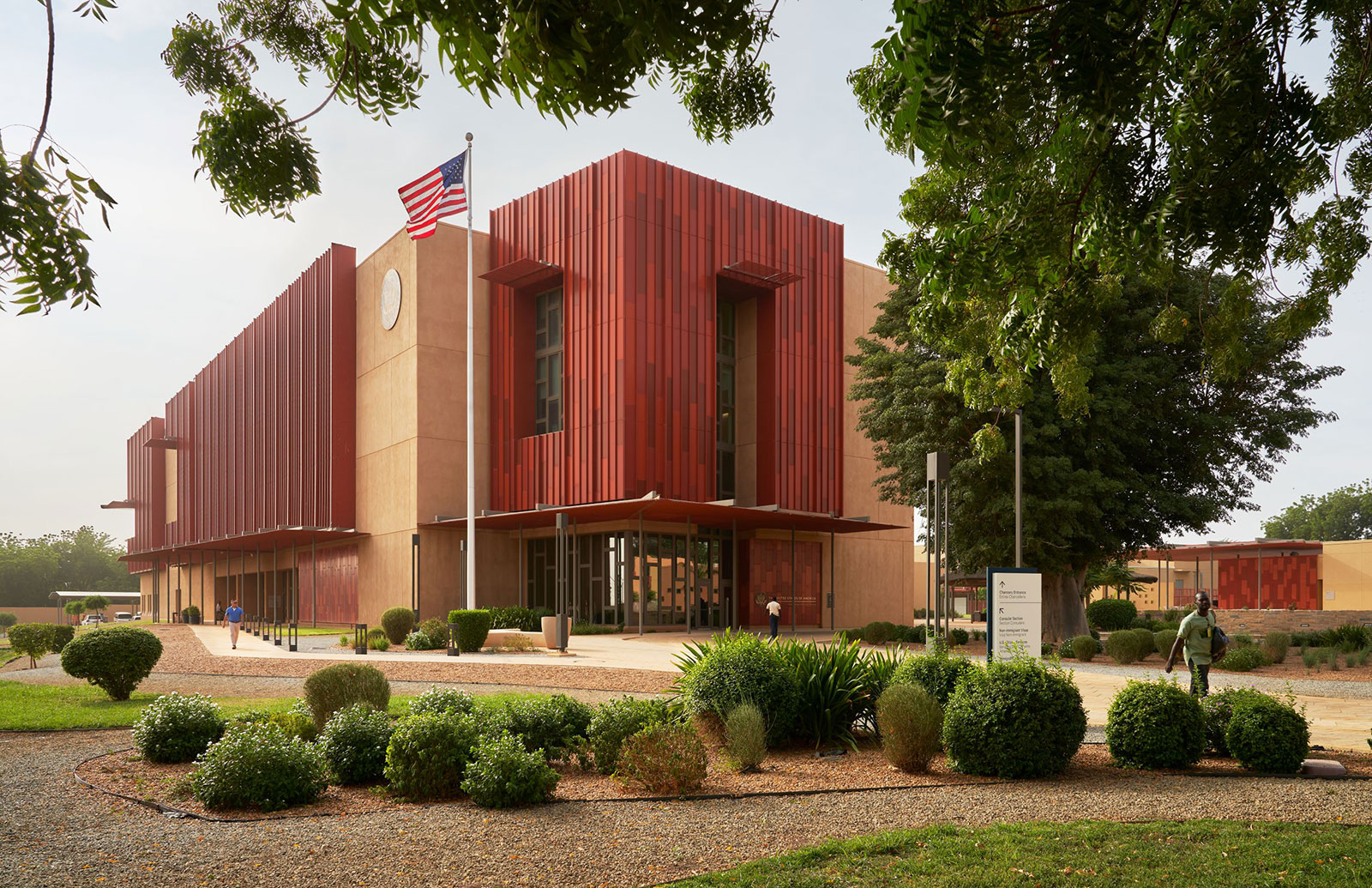
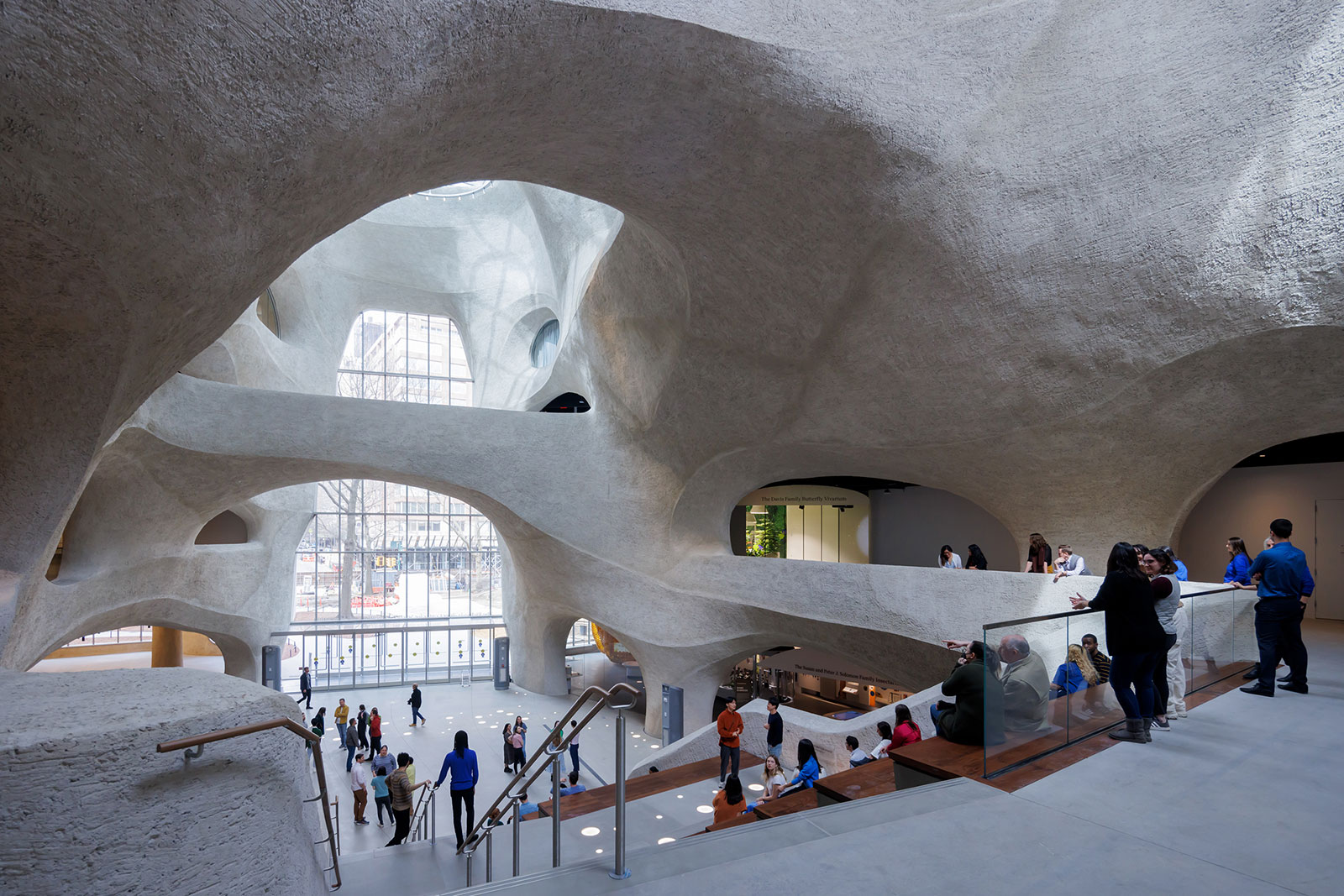


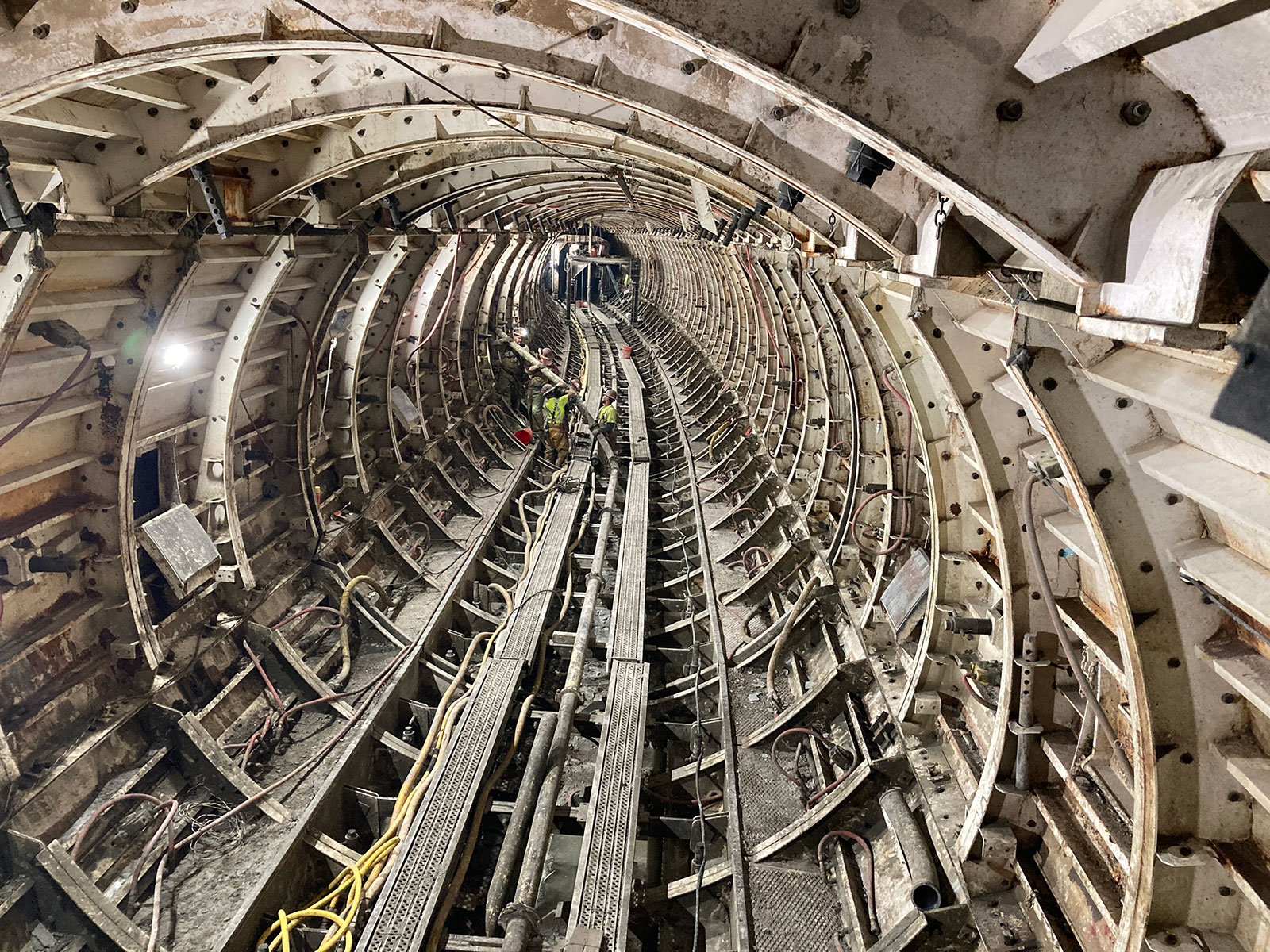




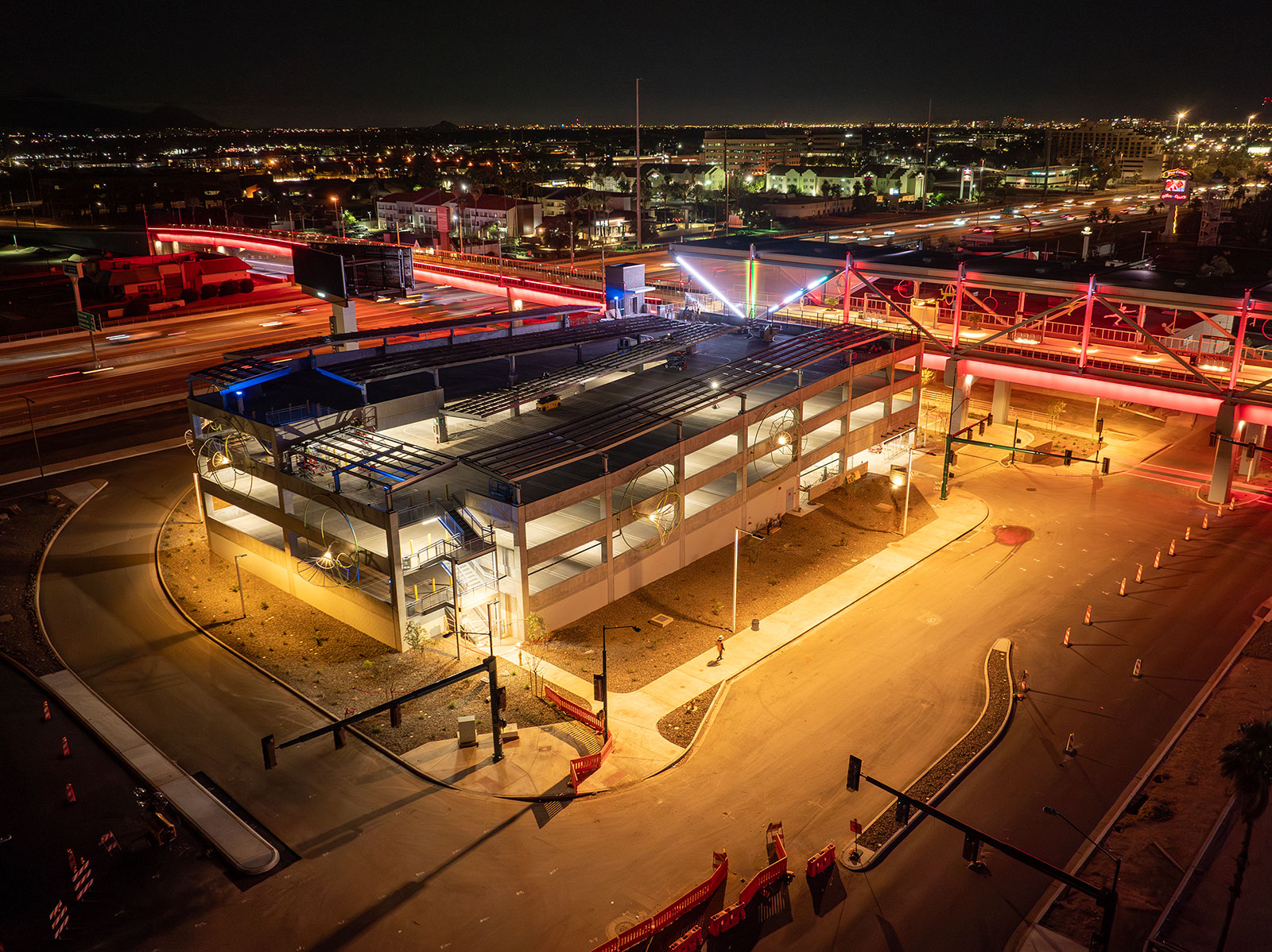
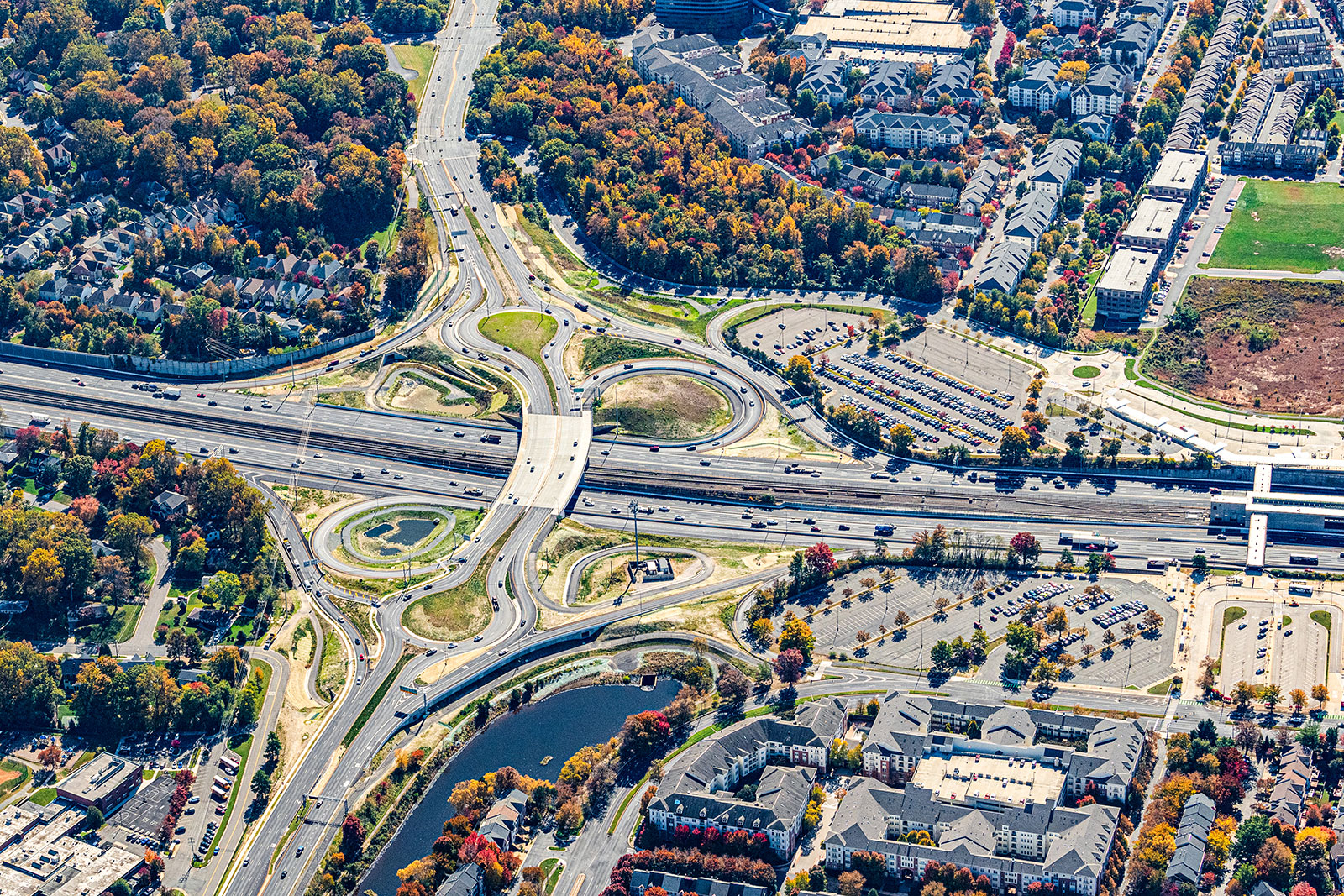



Click here to view the ACEC 2025 EEA National Recognition Award Winners.
















Click here to view the ACEC 2025 EEA National Recognition Award Winners.
Sign in to access your membership benefits
Sign in to access your membership benefits